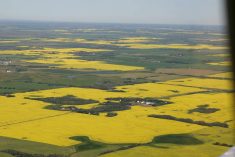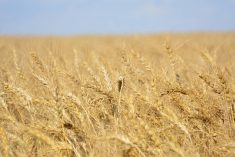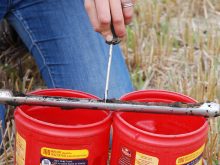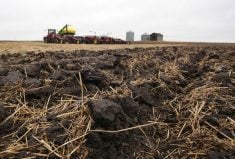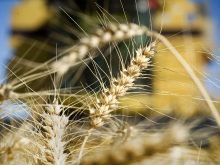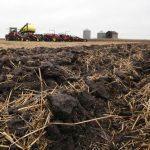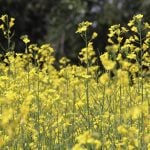Farmers shopping for soil sensors to assist in crop monitoring might find a unit priced at $25.69 to be appealing.
Yes, the decimal is in the right place.
Adam Stanford, research technician at the Farming Smarter applied research group in Lethbridge, said that price is possible for farmers willing to employ some do-it-yourself ingenuity.
“The project is based around the concept of building your own inexpensive soil moisture, soil temperature sensors,” he said.
“We went a little bit beyond that and we added in a few more different sensors that allow us to see wind speed, air temperature, humidity, things like that.
Read Also
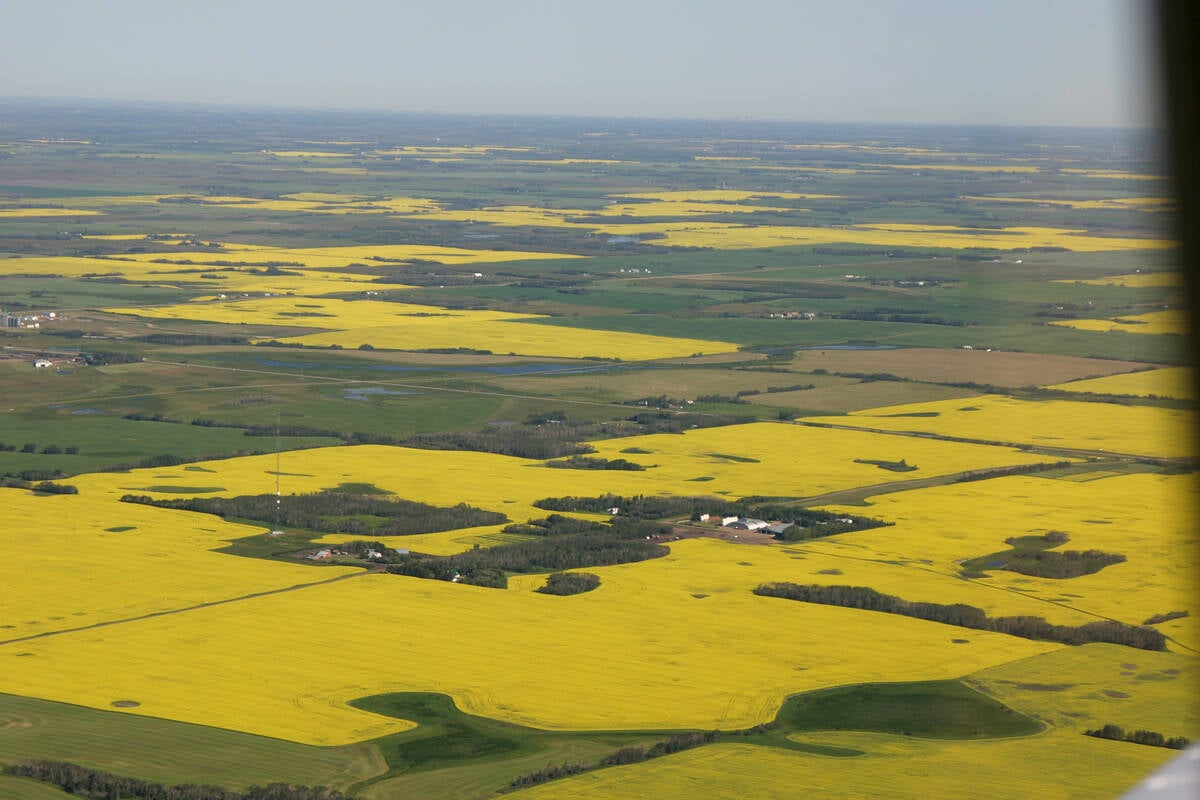
Increasing farmland prices blamed on investors
a major tax and financial services firm says investors are driving up the value of farmland, preventing young farmers from entering the business. Robert Andjelic said that is bullshit.
“The biggest thing is we’re trying to keep this low cost. There are issues with some of the commercial systems that are out there right now in that they cost thousands of dollars.
“This system is able to do soil moisture, soil temperature, a few other metrics and it costs right around $30 to build, so an order of magnitude cheaper than most of the systems that are out there.”
To start with, Stanford used a chirp soil moisture tester, used in domestic flowerpots to alert people when plants need water. The chirp unit , worth about $3.50, allows transmission of data.
A soil temperature probe worth about $1.50 was plugged in next to the soil moisture unit. Also plugged in was a tiny chip, a BME 280, to get air temperature, humidity and barometric pressure. It cost about $2.50.
Stanford then built and added a low-cost wind sensor.
The brains of the unit lie in a microcontroller that runs whatever few functions users program into it. It collects data from the sensors and transmits it over Wi-Fi.
“It’s all the rage these days in home automation,” said Stanford.
Home automation, which utilizes the Internet of Things, is called Smart Farming in the agricultural application, he added. So far, however, it has low adoption primarily due to cost.
“This type of system would likely cost you a couple thousand dollars to be able to get commercially. This system that we built here cost a total of $25.69 so you can go ahead and deploy these anywhere you want, essentially, as long as you’re able to get a decent connection via Wi-Fi.”
The data collected can be seen using an open source system called Home Assistant, which Stanford chose to apply to farm data.
“We found a pretty nice user interface that allows us to go ahead and view all the data in nice little graphs. You don’t have to look through tables and things like that to be able to actually see your data.”
Data is collected and stored on the user’s own router so the information is secure. It does not go out via the internet unless the user desires.
The Home Assistant system can be integrated with Alexa and Google Home for even more efficient data access, Stanford said.
“If you have one of those Amazon Echo units, you can actually say to it, ‘what’s the soil moisture value over at plot number one?’ You don’t even need to get out of bed or even look at your phone to get your metrics out of your system.”
The inexpensive price Stanford calculated on the sensor does not include labour, which apparently was extensive as he and other personnel experimented with the various components.






